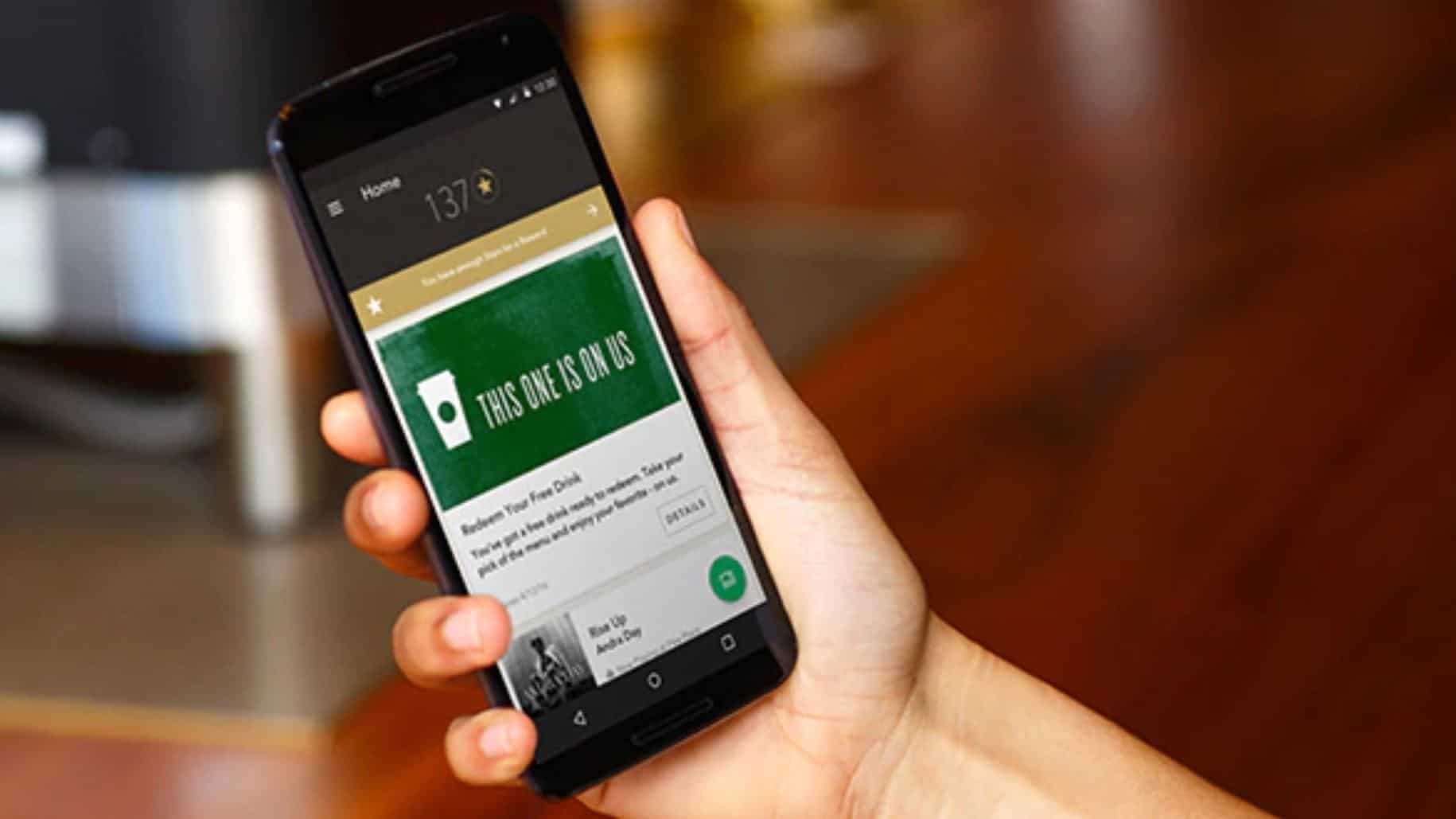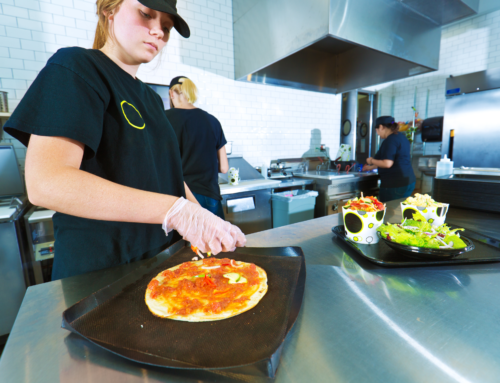From quick service (QSR) to family and casual dining, the “money” side of value equation – driven by pricing – is a challenge more vexing in restaurants than in almost any other industry. It doesn’t have to be that way. It’s time for restaurants to make pricing their ally, not their nemesis.
The purpose of this 19-page white paper is to demonstrate how having a right pricing strategy in place optimizes long-term profits while maintaining the balance between value and price.
Read The Excerpt
Nothing ruins great food more than bad pricing decisions.
That maxim is particularly true along the ultracompetitive spectrum of restaurants from quick service (QSR) to family and casual dining. You have invested heavily in developing your unique brand of food taste and quality, established an in-store presence attractive to your target segments, and anchored it with a compelling brand image. That is the visceral, perception-driven side of the value equation. But the “money” side of value equation – driven by pricing – is a challenge more vexing in restaurants than in almost any other industry.
The money side is murky and messy, but the real concern is that pricing is preventing restaurants from realizing their full potential. Even in the best case, pricing seems like a complex nemesis whose easy answers are risky and whose hard answers require too much time and effort for an uncertain reward.
It doesn’t have to be that way.
Weaving together a great menu which balances value and price means threading the needle on six challenges that all restaurants along that spectrum face:
- Optimizing Guest Count vs. Average Check. How do you find the right balance between ticket size and guest count?
- Minimum Wage. How do you reconcile downward price pressure with higher costs?
- Power of POS data. How do you leverage your very rich transaction data without becoming a slave to algorithms or black boxes, or so myopic that you lose sight of what drives your customers to your restaurant?
- The Millennial Revolution. How do you price your custom items relative to your standard ones?
- Rampant Promotions. How do you know when to be proactive and when to be reactive regarding promotions?
- Apps, not Appetizers. How technological advancements create vast new opportunities for restaurants, such as delivery services, loyalty programs, and mobile ordering through apps?
The good news and the huge opportunity is that restaurants can put a pricing strategy and pricing processes in place which offers the guidance, if not definitive answers, to create and preserve an equilibrium between value and price. But how do you establish that baseline, decide where to begin, and determine how to balance expectations between investment and outcomes?







